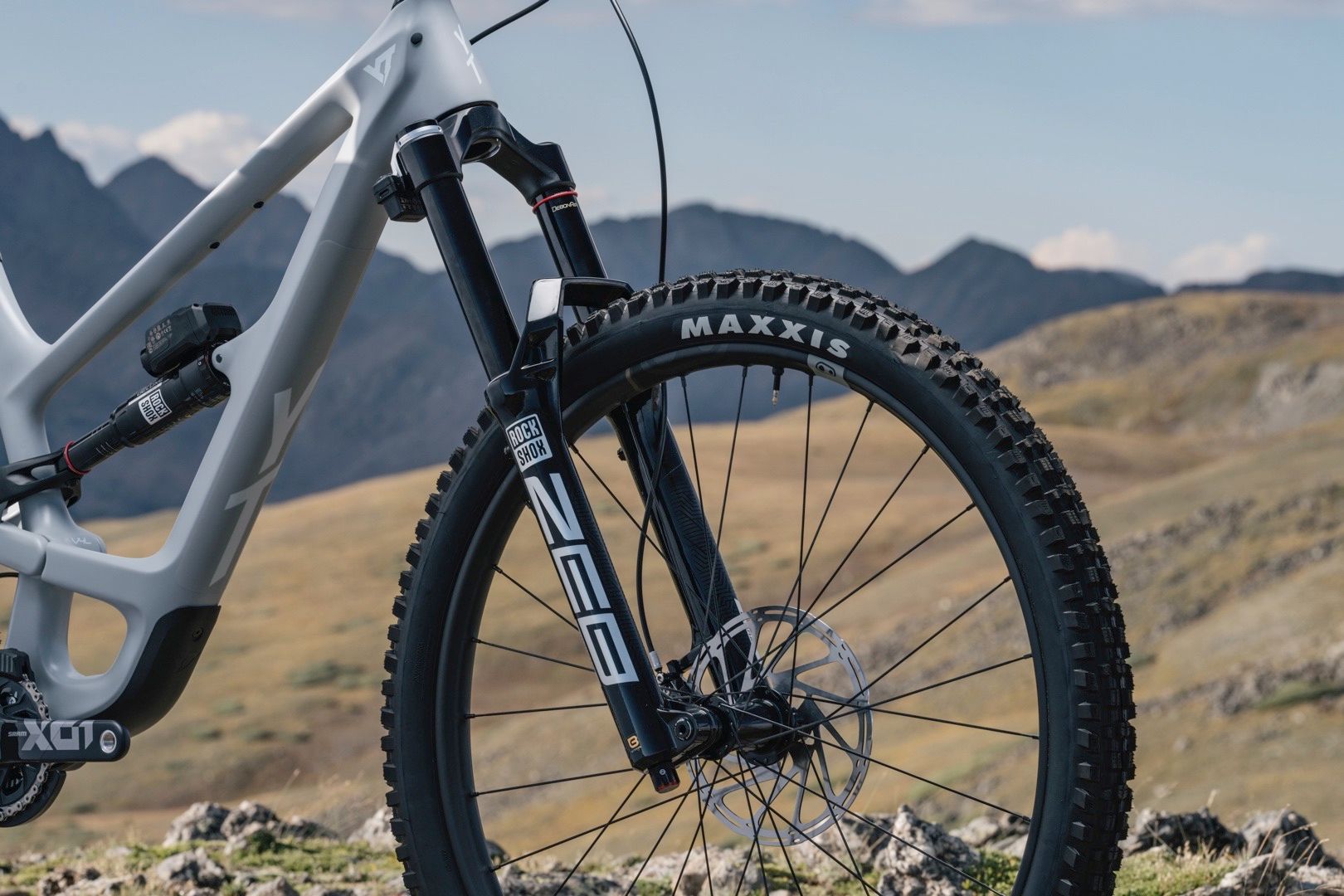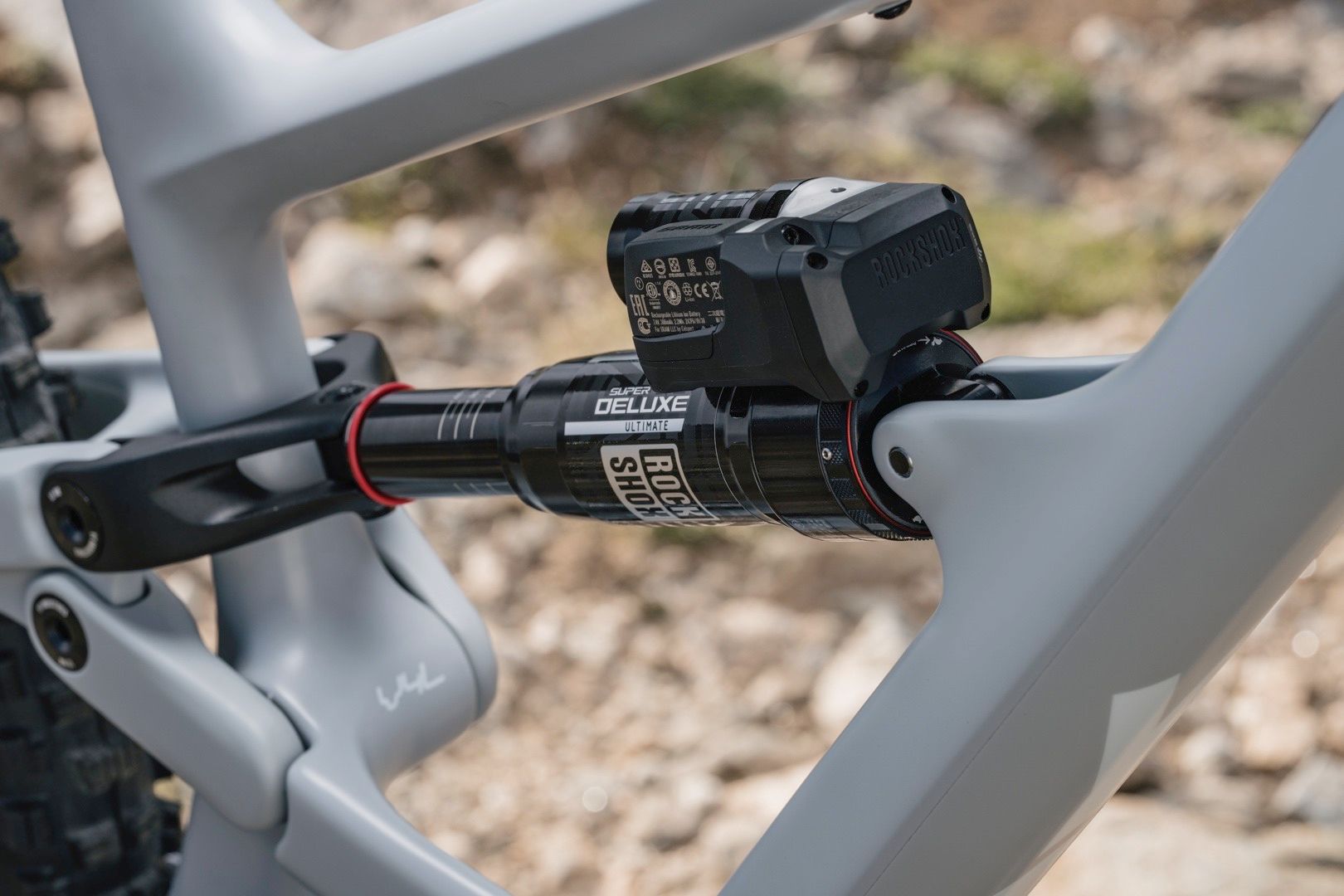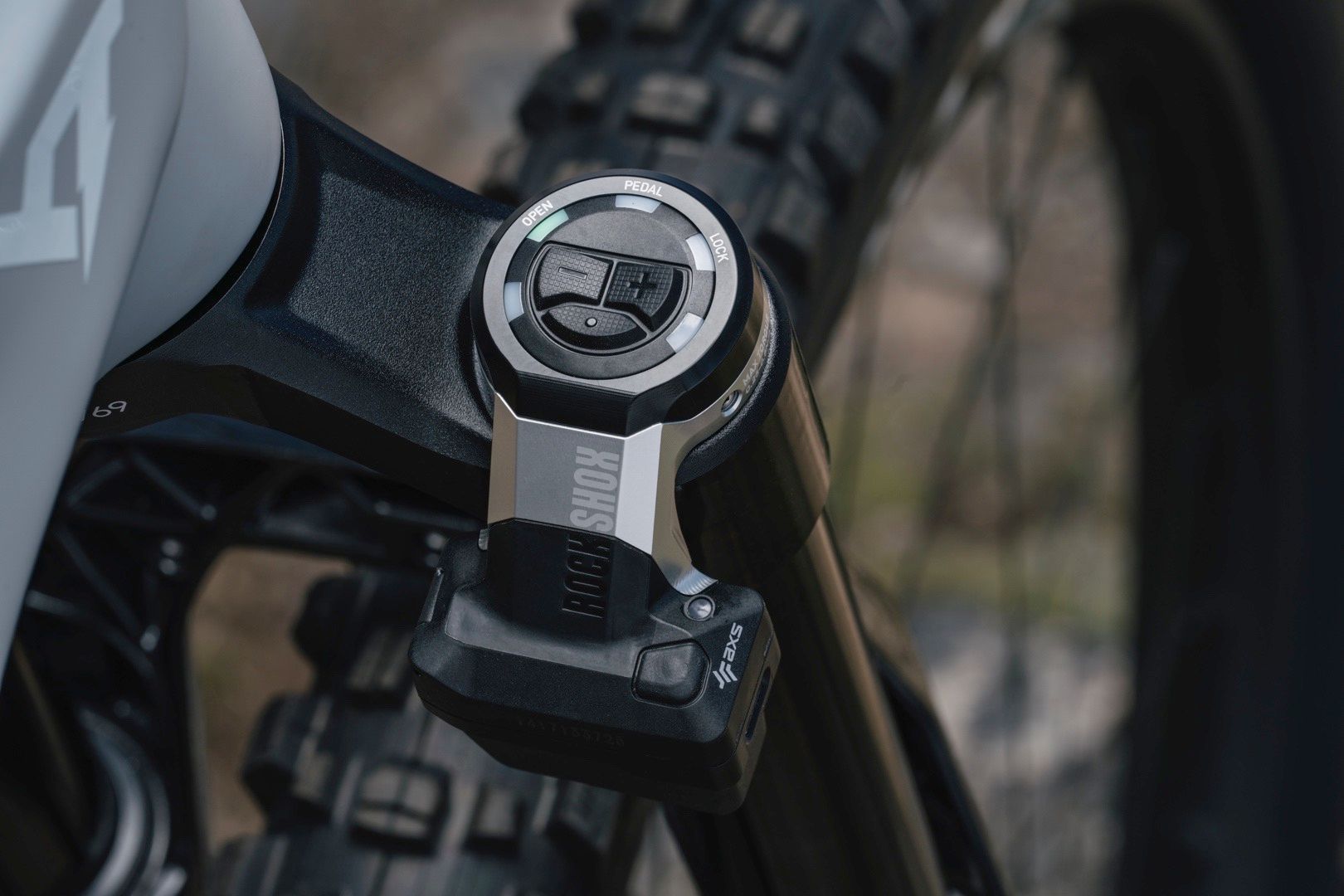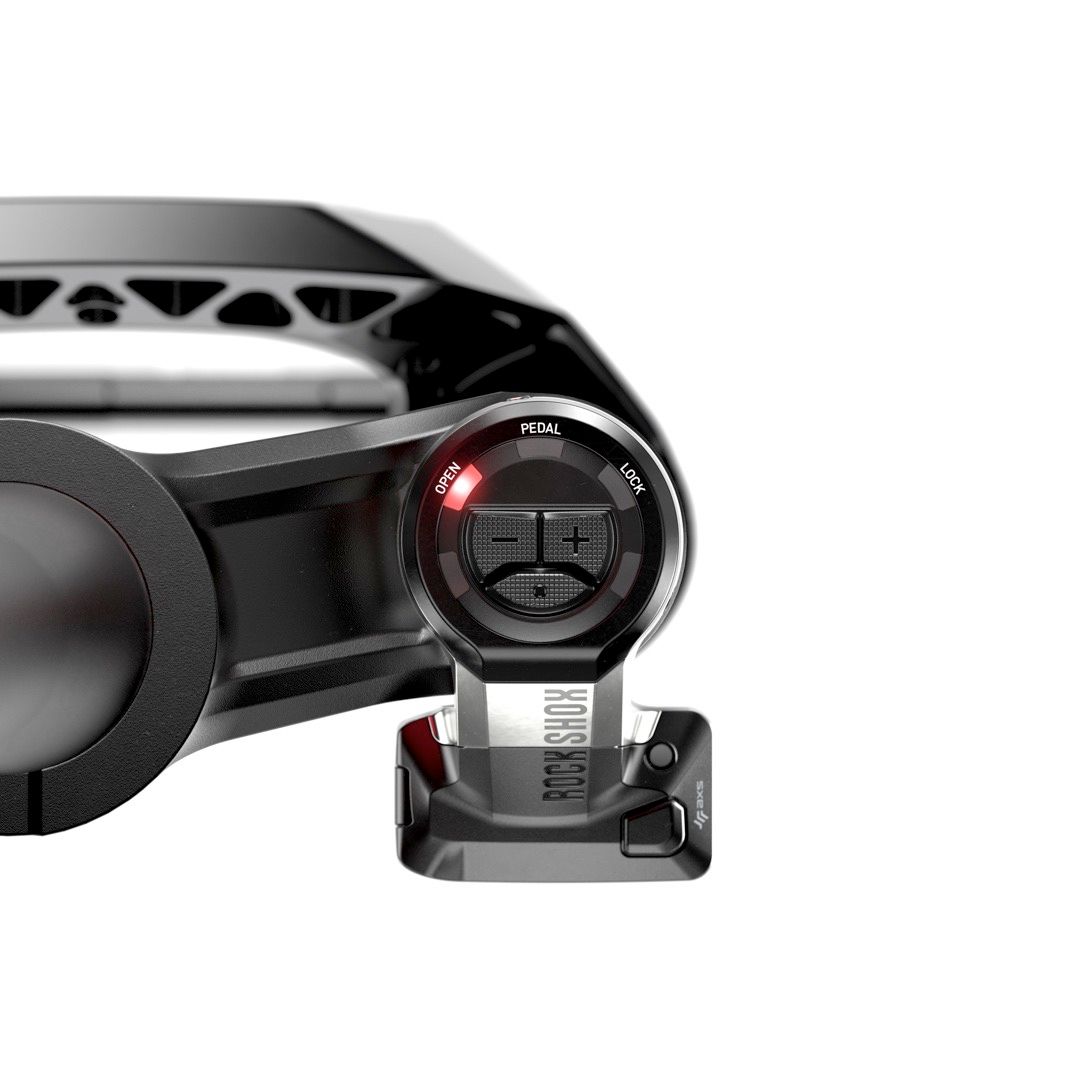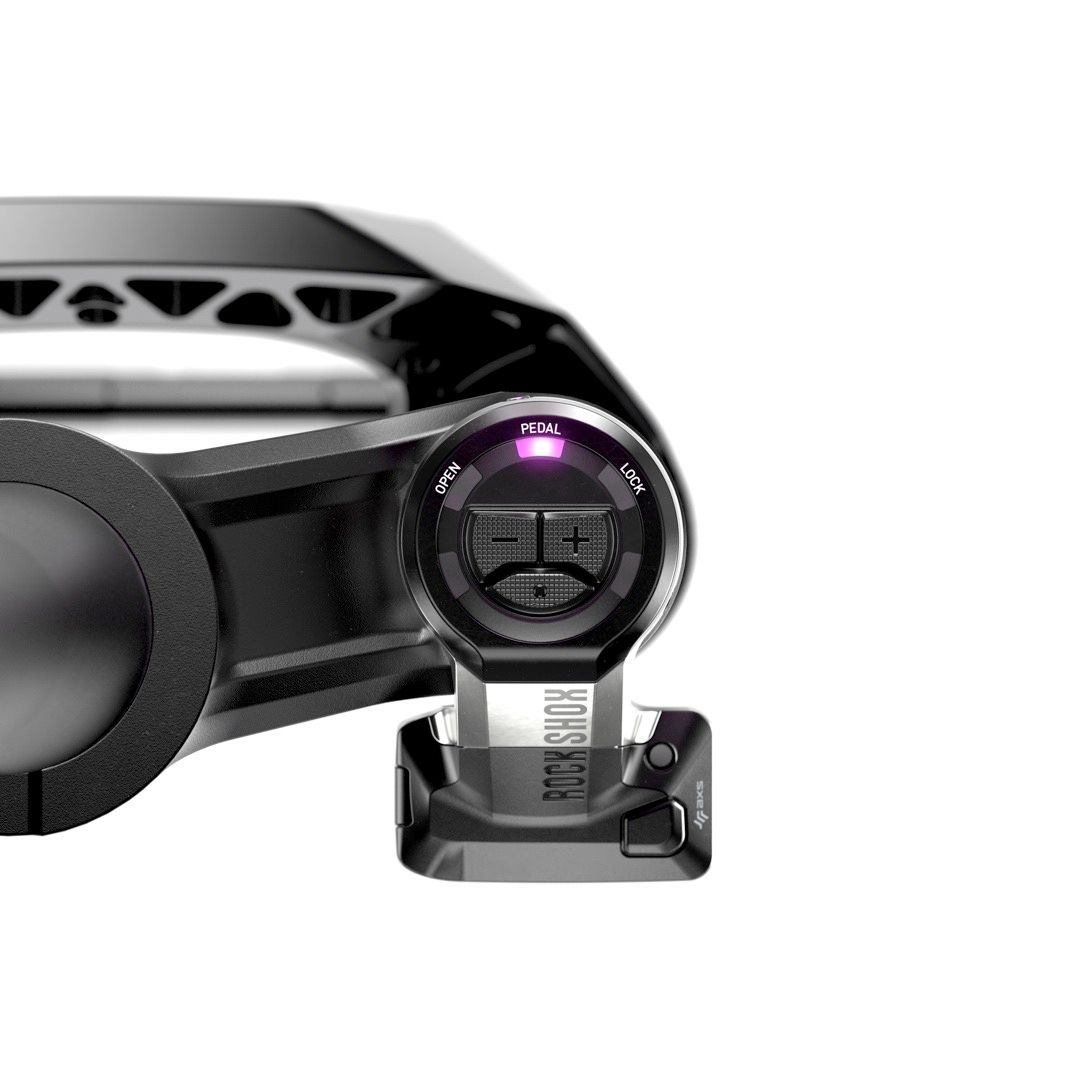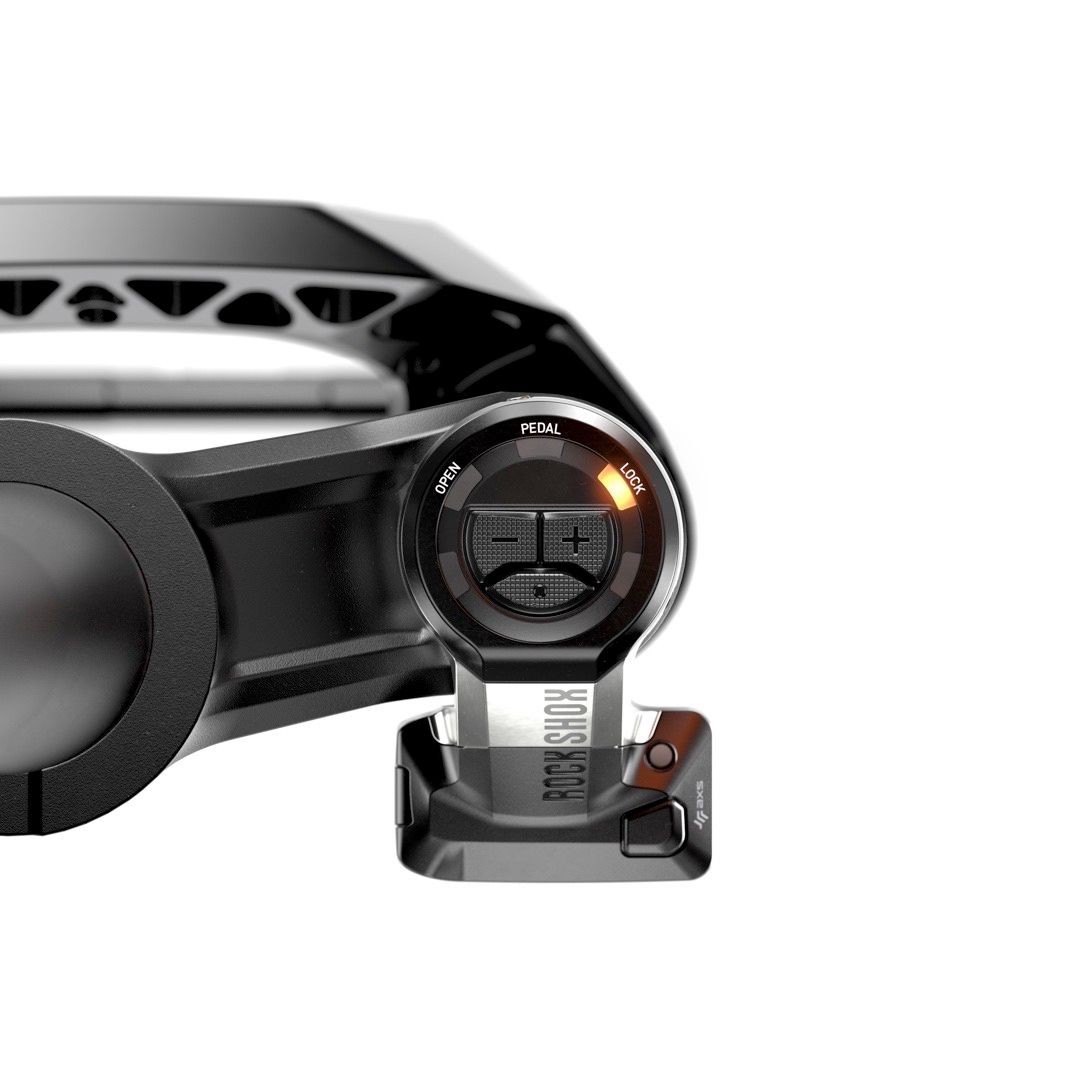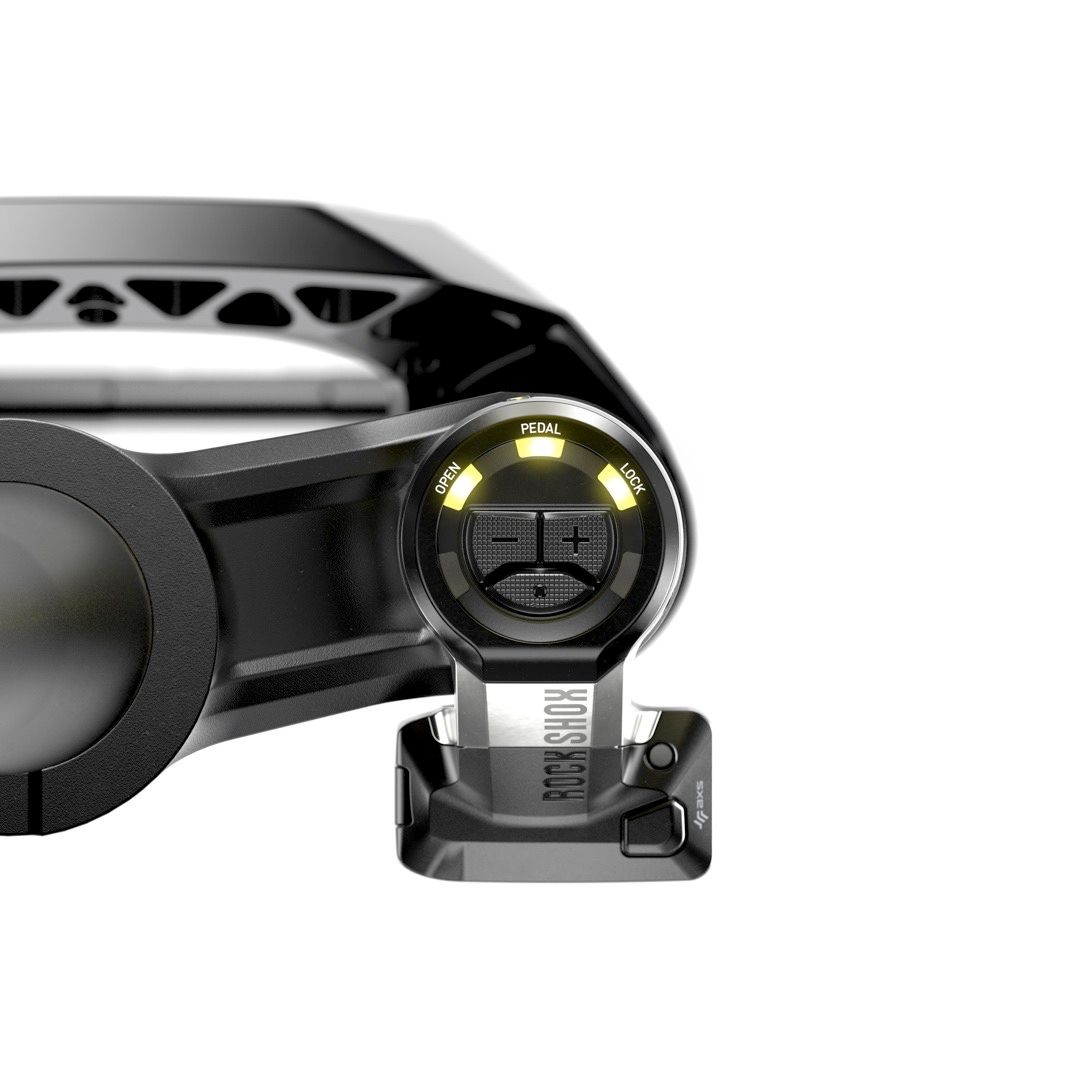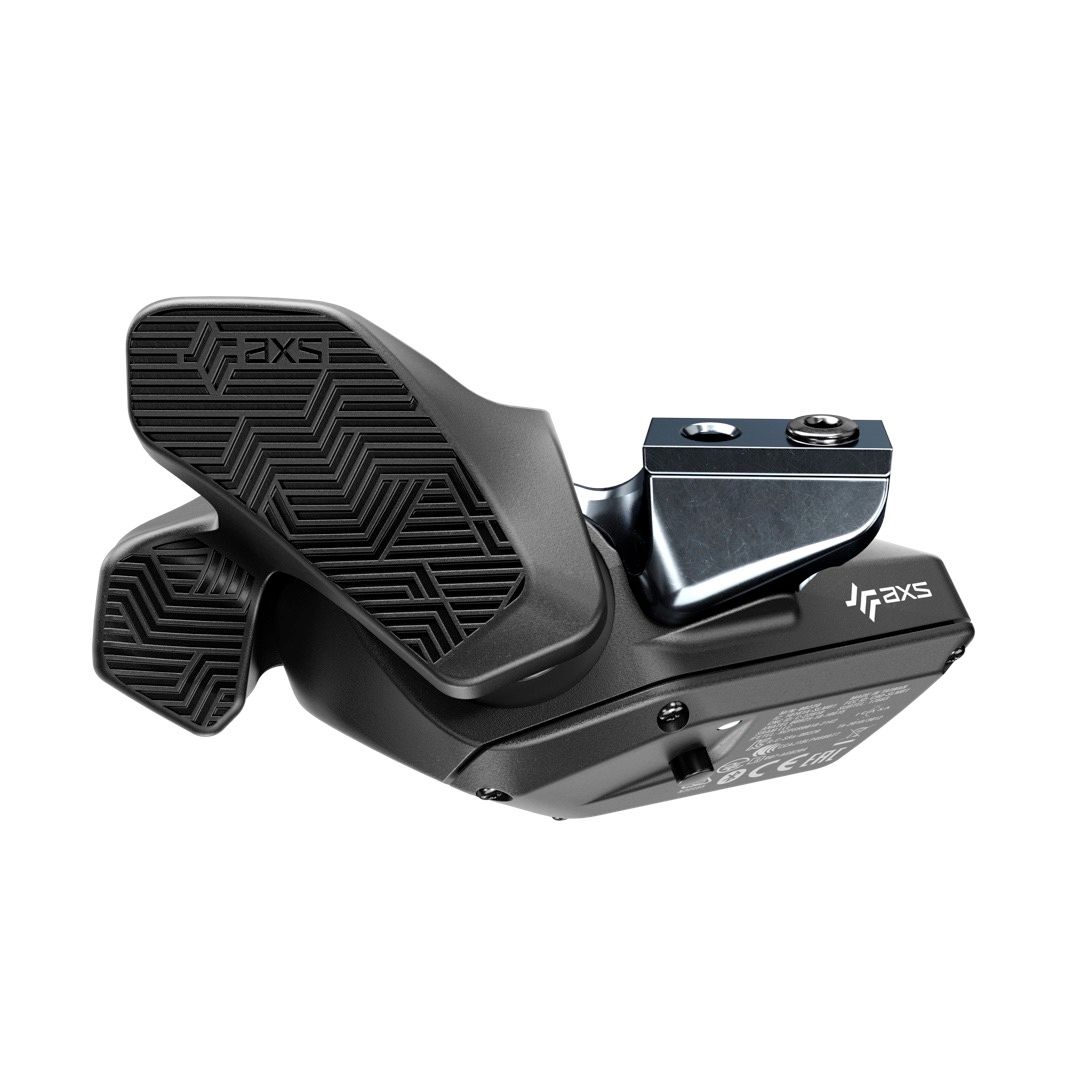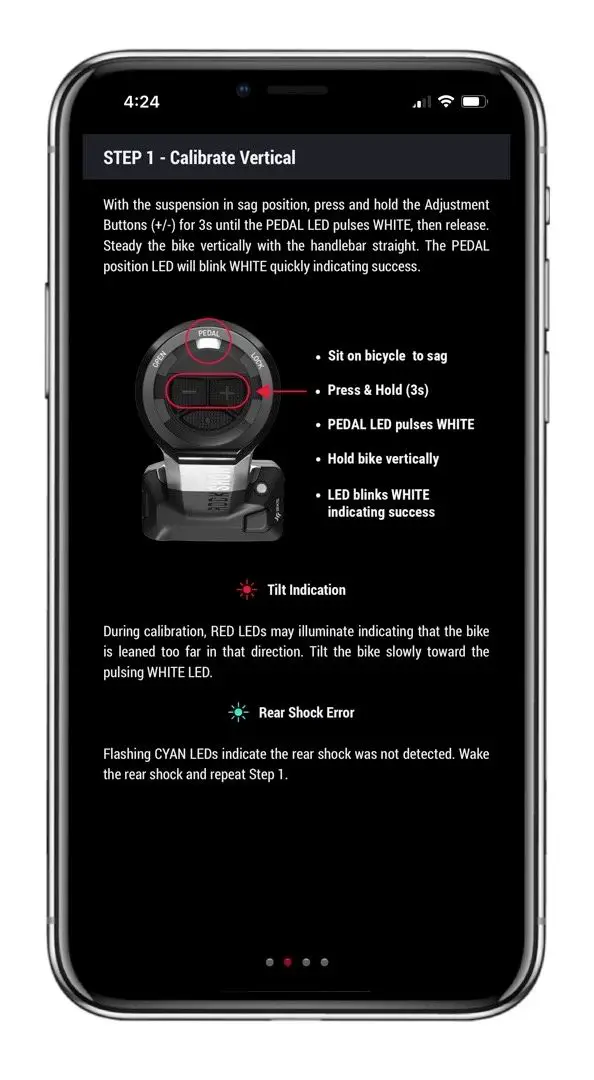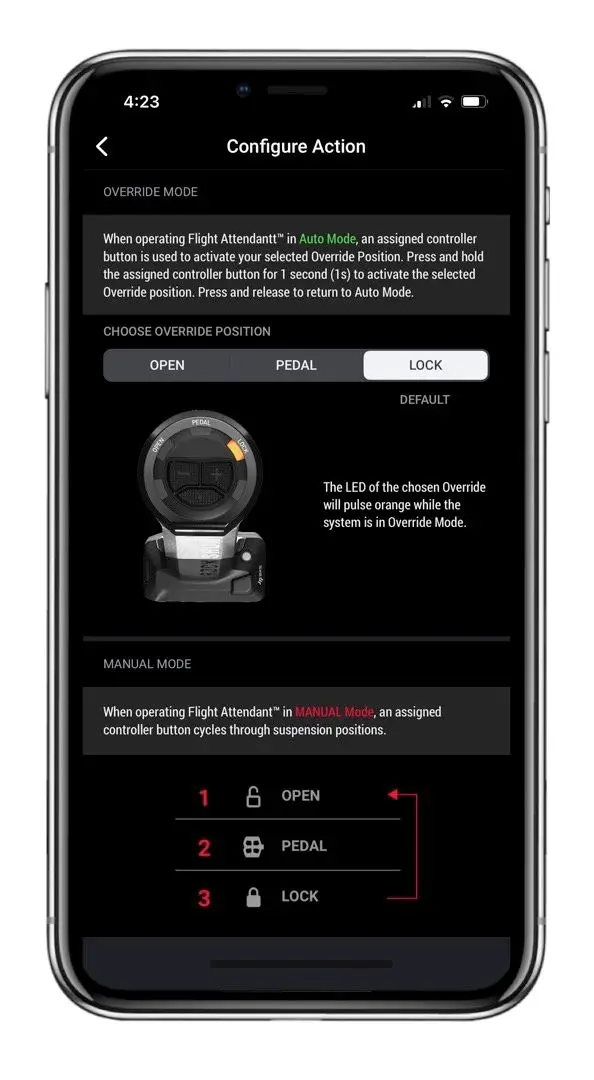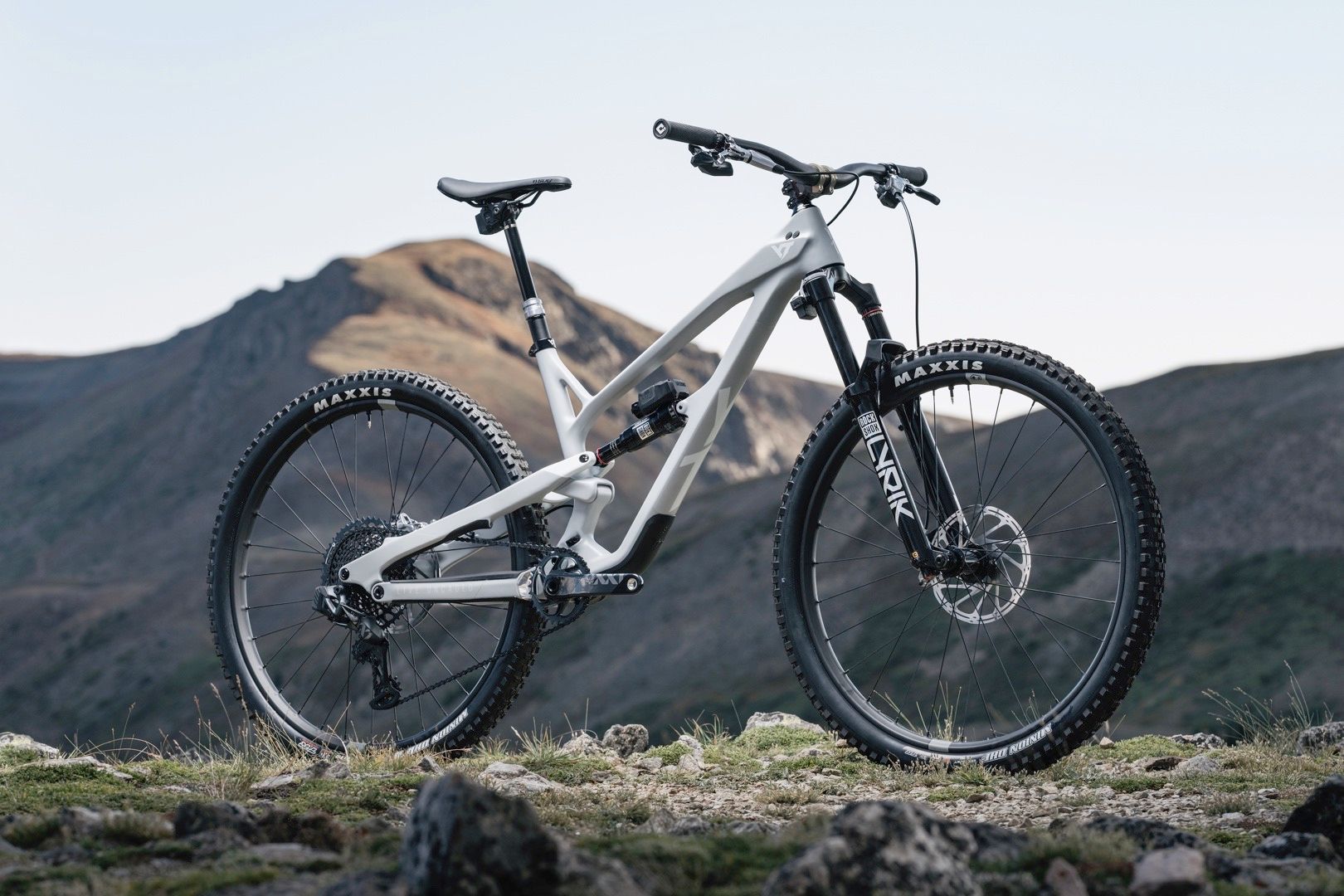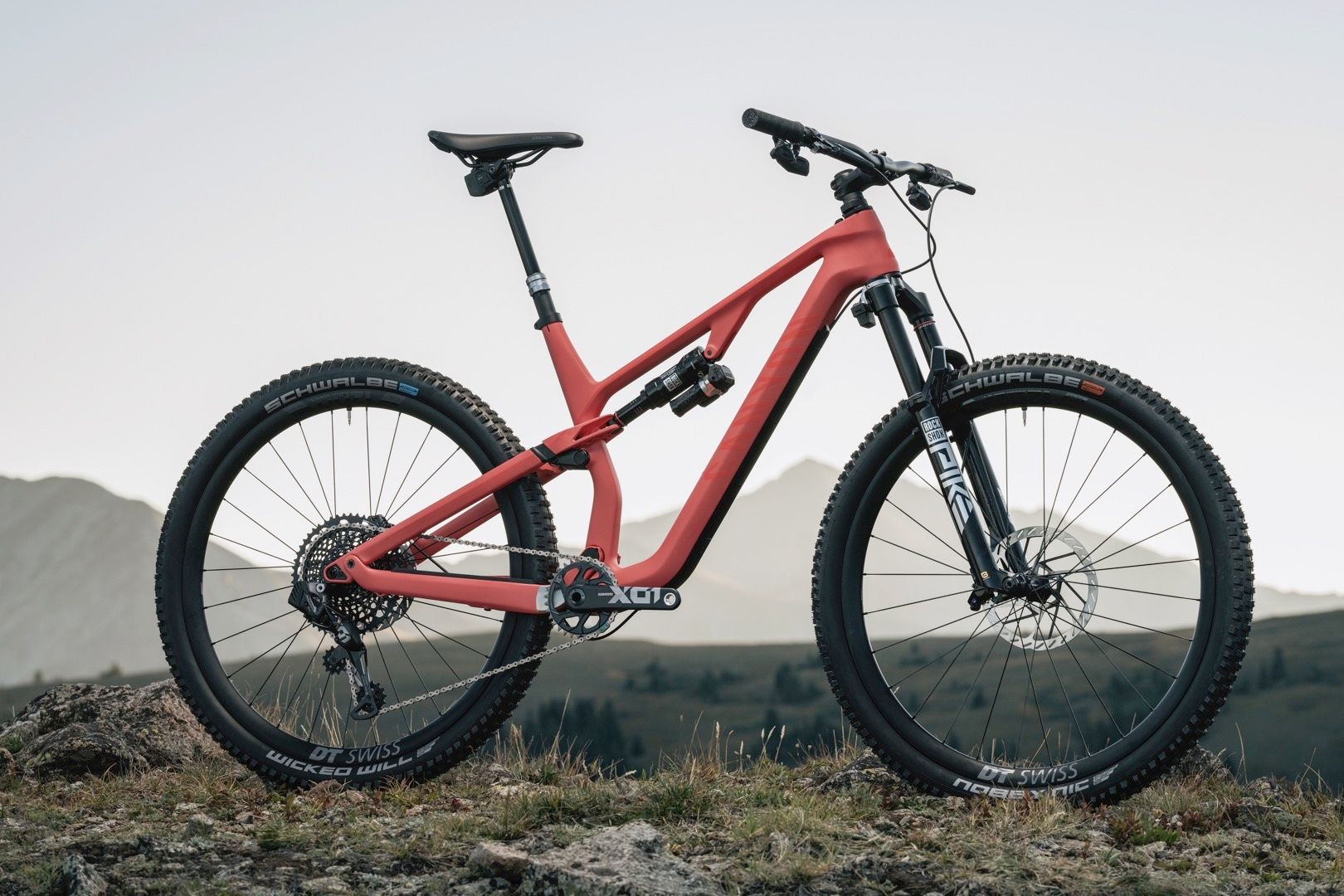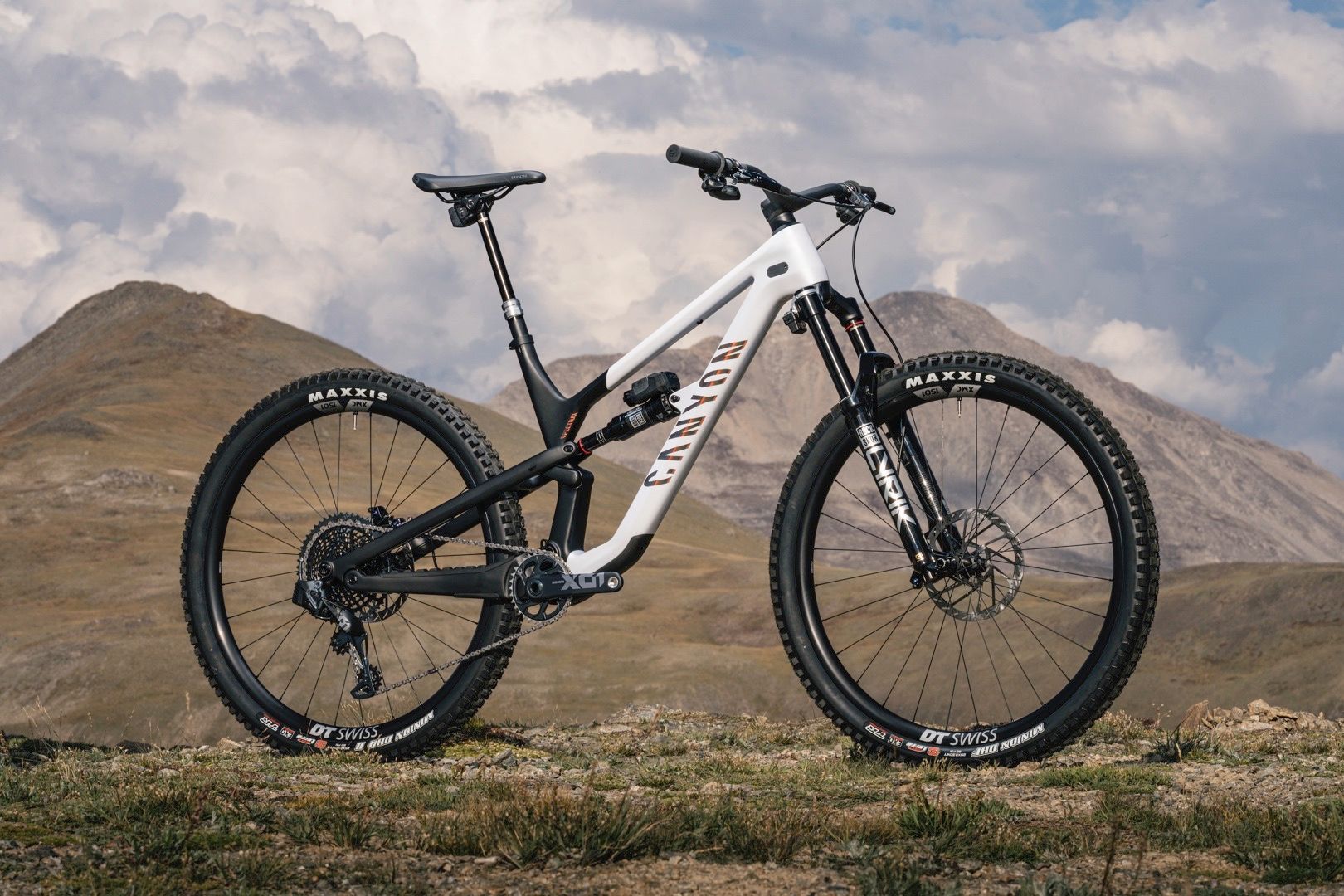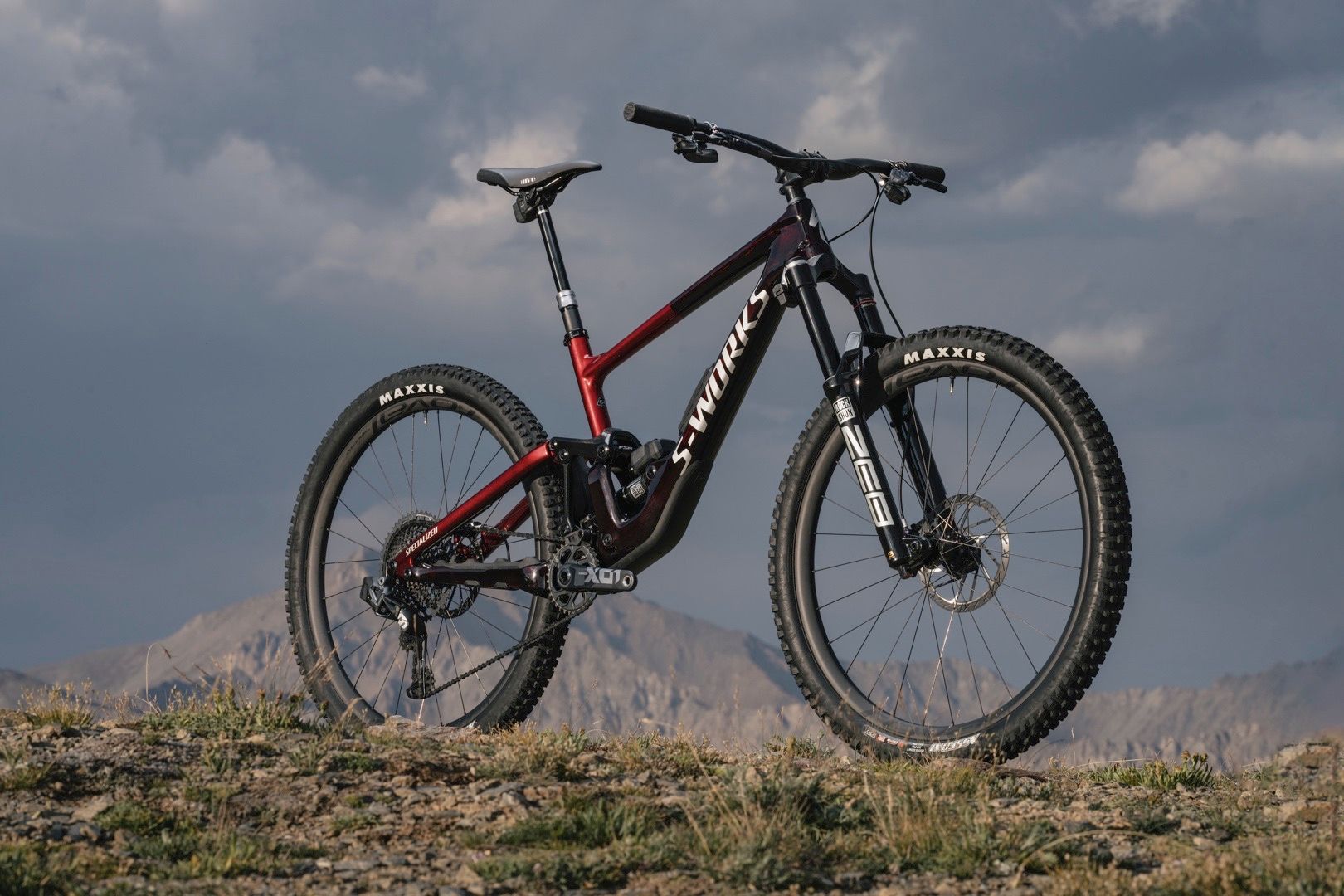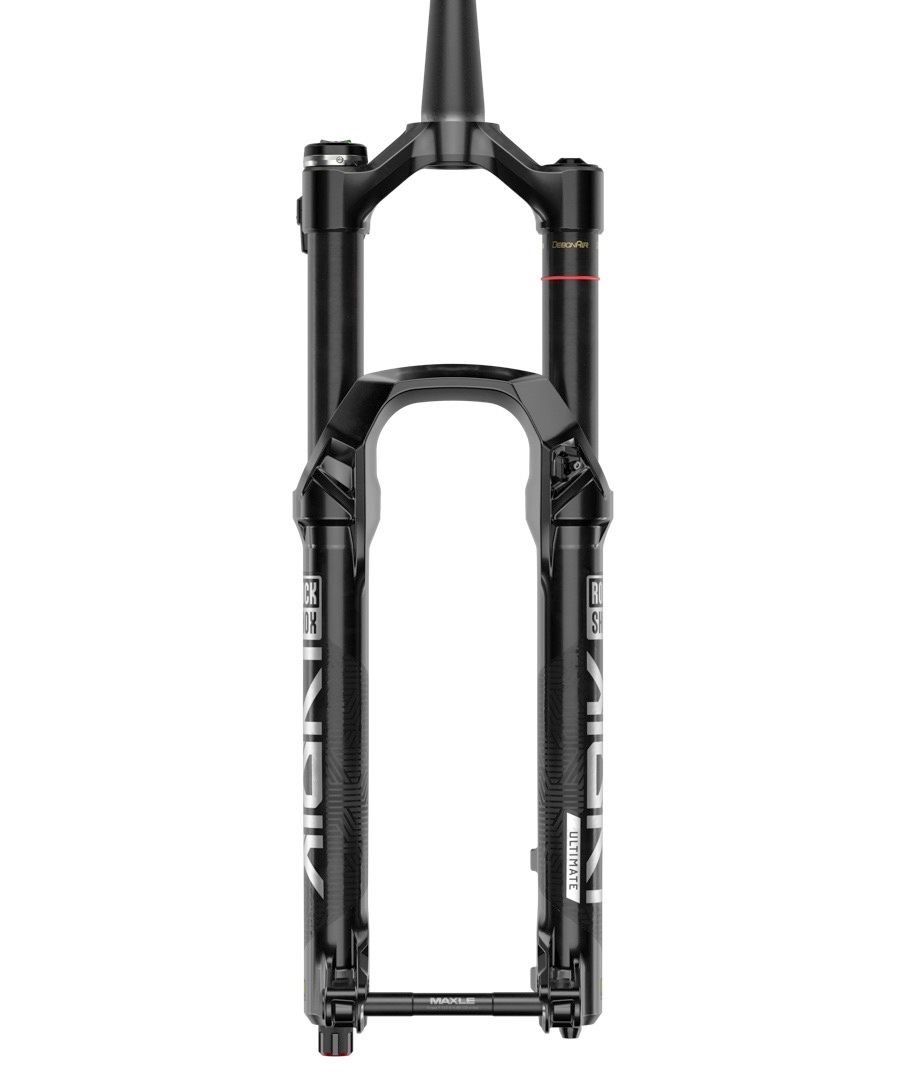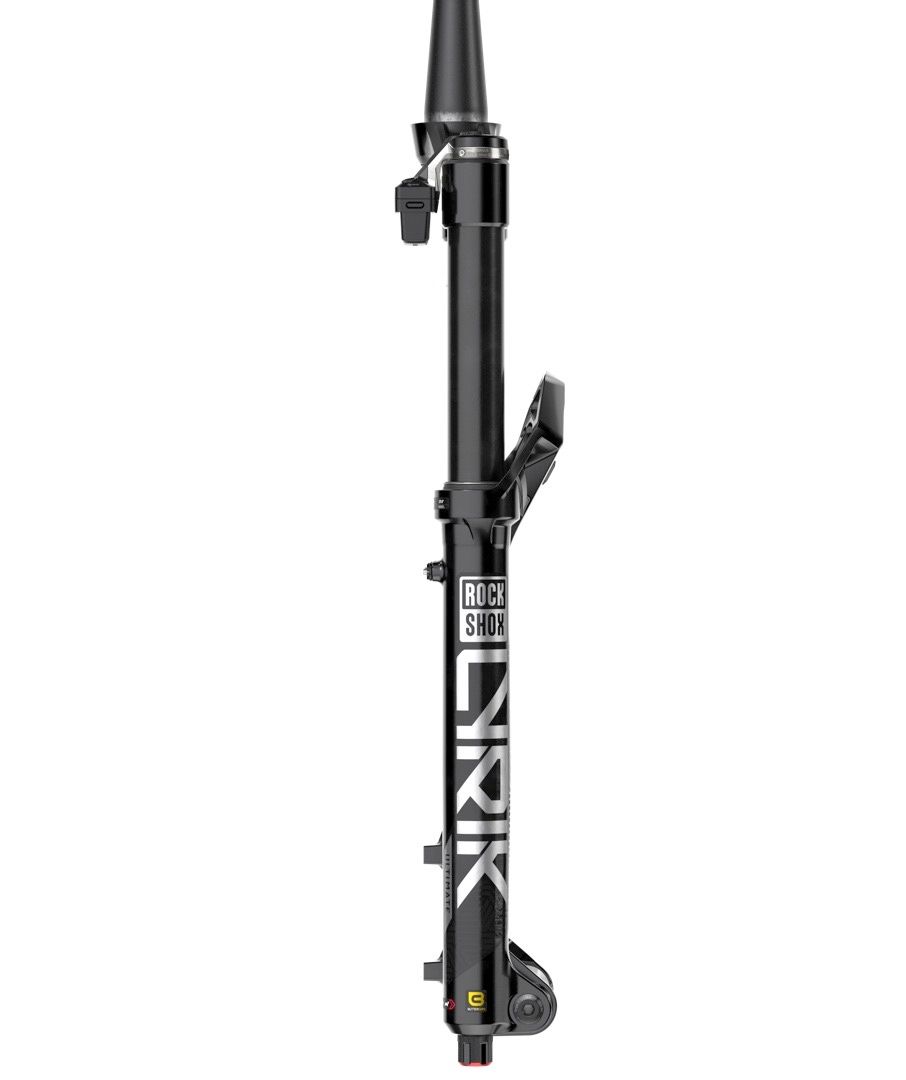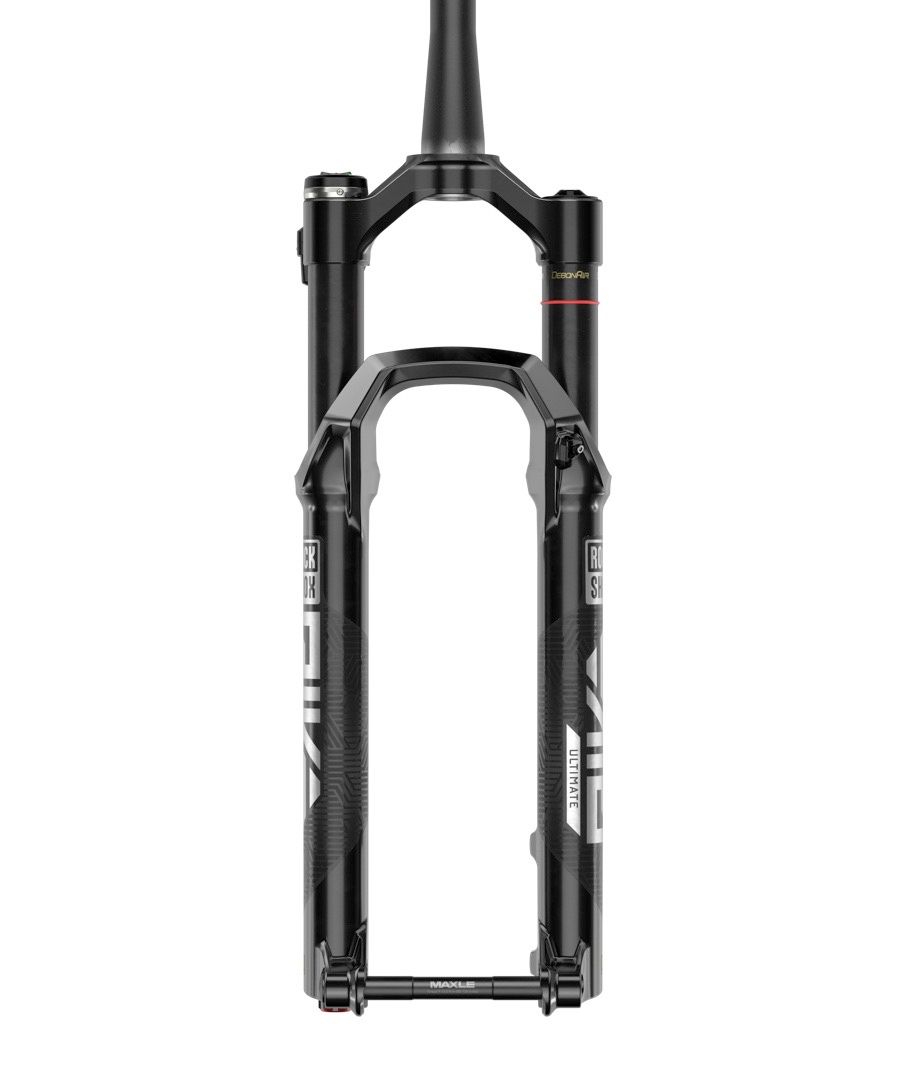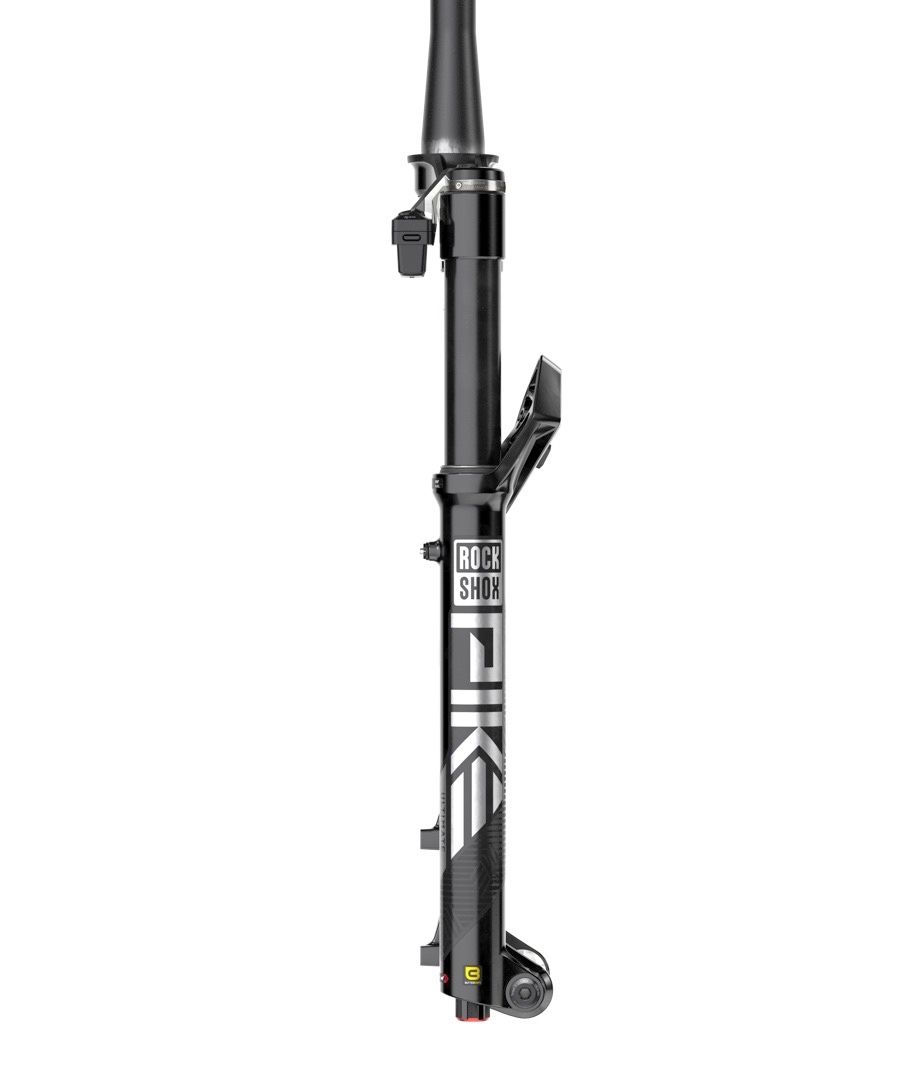You’ve likely heard some rumblings about a new electronic product from SRAM, well we can finally tell you all about it. Here’s everything you need to know about SRAM Flight Attendant.
It was only a matter of time before SRAM launched a product like Flight Attendant. After the buzz around ShockWiz and the popularity of AXS, SRAMs wireless drivetrain technology, it didn’t really take a genius to guess where the firm would be heading next.
Automatic suspension adjustment on the fly
Flight Attendant features a wireless system of sensors and accelerometers so that forks and rear shocks can be adjusted to their most efficient position on the fly, without any input from the rider. The system acts as a complete unit with the electronic mind located in a piggyback on the fork, which then collects information from sensors in the rear shock and the chainset.
The most basic explanation is Flight Attendant has the control to set your suspension in open, pedal or locked modes, with the default being open so if you did ever run out of charge on a ride you can still enjoy your ride. Using the suite of sensors and accelerometers at its disposal, Flight Attendant monitors the position and forces on the bike and decides which mode the suspension should be in. Point your bike downhill, or launch off a jump and Flight Attendant knows it should be in the fully open position. In fact, Flight Attendant won’t really make much difference to your bike when gravity takes control, but when you are on flat trails or climbing the system comes to life.
Through the sensor located in the hollow of the chainset axle, Flight Attendant knows when you’re spinning along the flat or stamping on the pedals up a steep climb. In these situations, the wireless SRAM system will choose if the bike would be more efficient in either locked out or pedal mode. However, where it gets really clever is how Flight Attendant can control the fork and rear shock independently.
If for example, the system sees that the fork is working hard through bumps and roots on a climb, Flight Assistant can tell the fork to remain fully open while the rear shock will be set into the pedal mode for improved support and traction. If the climb is less challenging then Flight Attendant might decide the fork should be set in pedal mode while the rear can be locked. The system is designed so that the suspension will either match front and rear or be in a midpoint state, or in other words, the fork and shock will always be within one position of each other, and you should never find the rear open and the front locked or vice versa.
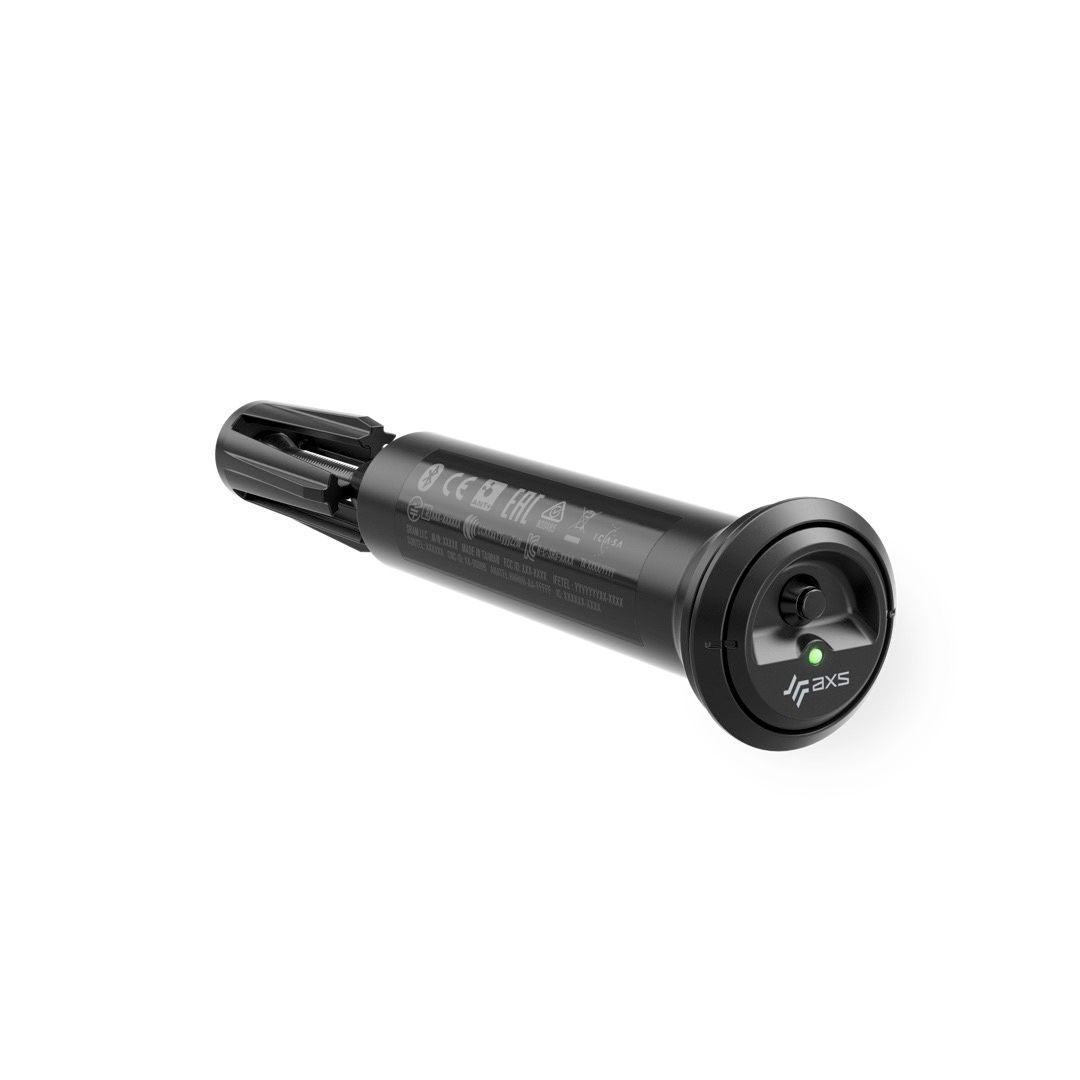
Because Flight Attendant is constantly receiving information from the sensors in the fork, shock and chainset, the system is constantly adjusting the suspension and position during a ride, it’s not simply choosing one mode and sticking to it, but making calculated decisions based on live information then making split-second changes to improve pedalling and climbing performance. To manually mimic the action you would have to be constantly reading the terrain, making mental calculations and then physically switch modes on the fork and shock. Trying to do this all manually wouldn’t work and by the time you have made a decision the terrain will more than likely have already changed and require a new setting. Flight Attendant manages all of this in just a fraction of a second.
Manual and Override
The whole point of Flight Attendant is that you leave it to do its magic and you don’t ever need to manually take control, but the option is there if you wanted. A new AXS Reverb control has a 2 position lever, meaning you can still drop your saddle but you can now also manually select modes too.
There is also an Override control that once pressed will adjust the suspension to a preset default option. In this case, if you had your Override set to locked, then no matter what mode Flight Attendant chooses your suspension to be in, you can then Override it with a long press of the new AXS paddle. .
Fine-tuning
Obviously, not all riders have the same technique, ride the same trails or ride the same sort of bikes, and so there are settings in the system to tell Flight Attendant how sensitive it should react. By default, the bias is set to 0, but riders have the option to set the bias at lower levels, -1 and -2, or a higher sensitivity +1 and +2. In the minus settings, Flight Attendant will favour an open position and will be less likely to lock out.
If you’ve followed this far then you will probably have noticed that the Flight Attendant module is fitted to the compression damper for the fork and there are no dials for adjustment, this is because compression settings are all digital now. Riders must use the + and – buttons to set the compression damping to how they like it.
Is Flight Attendant available as an upgrade for existing forks and shocks?
At the time of writing the answer is ‘No’. Flight Attendant has been designed to work only with the latest generation RockShox chassis and so won’t fit current models.
Also, if you want to enjoy Flight Attendant you’ll have to buy a bike that comes with it as standard and it won’t be offered aftermarket.
Ok, so which bikes will get Flight Attendant?
SRAM has developed Flight Attendant with industry partners from across the mountain bike world, but the first brands to offer the new system will be Canyon, YT, Trek and Specialized.
Is there anything Flight Attendant won’t do?
Yes, it won’t actually assist you when setting up your suspension system. While ShockWiz was designed to monitor suspension performance and offer tuning suggestions, Flight Attendant is not.
Is Flight Attendant the only news?
Nope! In addition to Flight Attendant, SRAM has also announced updated chassis for the Pike, Lyrik and Zeb plus the introduction of SRAM Buttercups.
Buttercups are made to absorb and reduce vibration that makes its way through to the handlebars. These low amplitude, vibration-reducing pucks block a claimed 20% of unwanted chatter. Called Buttercups for their golden finish, new Pike Ulitmate Flight Attendant, Lyrik Ultimate Flight Attendant and Zeb Ultimate Flight Attendant forks will feature these little dampers at the end of the air shaft and damper shaft.
Buttercups will only be available on the new Pike, Lyrik and Zeb chassis, and won’t be compatible with previous-generation chassis.
What’s new for Flight Attendant Ultimate Forks?
The top for the range Pike and Lyrik that feature Flight Attendant have been totally revamped to bring the design and construction in line with the angular Zeb look.
As well as the cosmetic changes and Buttercups, Flight Attendant Ultimate forks will also feature air pressure bleed valves on the rear of the casing called Pressure Relief Valves.
And if that wasn’t all enough, SRAM has even tweaked the already new DebonAir Spring, and Ultimate forks now feature the DebonAir+ air spring. The new spring is designed in conjunction with the new chassis and is said to offers a butter-like small bump feel and increased support through the stroke.
I Like the look of the new forks but I don’t want Flight Attendant
Sorry, you will be waiting a long time before non-Flight Attendant forks receive the same updated chassis and Buttercup features.
So that’s about it for the big SRAM news. What do you make of this new electronic wizardry from SRAM? Let us know in the comments below!


